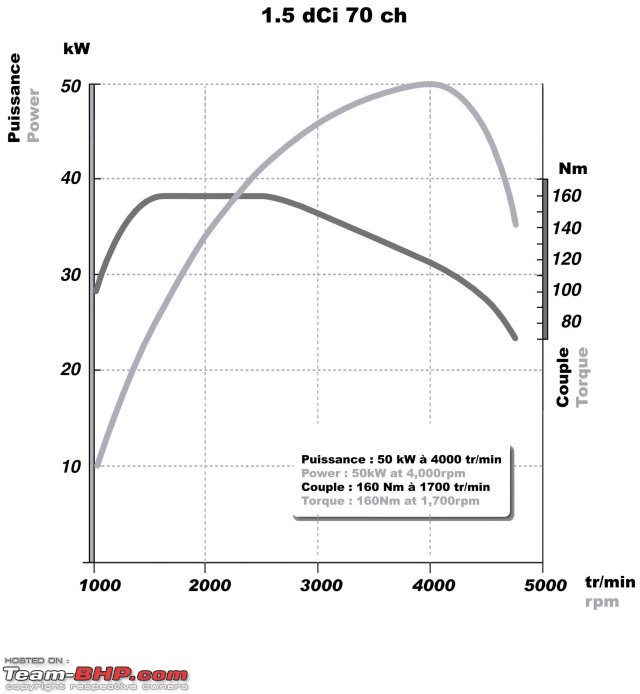| | #61 |
| Senior - BHPian Join Date: Dec 2010 Location: Ghaziabad/Hyderabad/Mysore
Posts: 1,435
Thanked: 345 Times
| |
| |
| |
| | #62 |
| Distinguished - BHPian  Join Date: Oct 2009 Location: Chennai
Posts: 4,450
Thanked: 11,513 Times
| |
| |
| | #63 |
| BHPian Join Date: Aug 2009 Location: Bangalore
Posts: 567
Thanked: 237 Times
| |
| |
| | #64 |
| Senior - BHPian Join Date: Dec 2010 Location: Ghaziabad/Hyderabad/Mysore
Posts: 1,435
Thanked: 345 Times
| |
| |  (1)
Thanks (1)
Thanks
|
| | #65 |
| BHPian Join Date: Aug 2009 Location: Bangalore
Posts: 567
Thanked: 237 Times
| |
| |
| | #66 |
| Senior - BHPian Join Date: Dec 2010 Location: Ghaziabad/Hyderabad/Mysore
Posts: 1,435
Thanked: 345 Times
| |
| |
| | #67 |
| Distinguished - BHPian  Join Date: Oct 2009 Location: Chennai
Posts: 4,450
Thanked: 11,513 Times
| |
| |
| | #68 |
| Distinguished - BHPian  Join Date: Oct 2009 Location: Chennai
Posts: 4,450
Thanked: 11,513 Times
| |
| |
| | #69 |
| Senior - BHPian Join Date: Dec 2010 Location: Ghaziabad/Hyderabad/Mysore
Posts: 1,435
Thanked: 345 Times
| |
| |
| | #70 |
| Senior - BHPian Join Date: Dec 2010 Location: Ghaziabad/Hyderabad/Mysore
Posts: 1,435
Thanked: 345 Times
| |
| |
| | #71 |
| Distinguished - BHPian  Join Date: Oct 2009 Location: Chennai
Posts: 4,450
Thanked: 11,513 Times
| |
| |
| |
| | #72 |
| BHPian Join Date: Jun 2010 Location: Amritsar
Posts: 52
Thanked: 30 Times
| |
| |
| | #73 |
| BHPian Join Date: Oct 2012 Location: Pune (1-4 DND)
Posts: 509
Thanked: 419 Times
| |
| |  (1)
Thanks (1)
Thanks
|
| | #74 |
| BHPian Join Date: Jun 2010 Location: Amritsar
Posts: 52
Thanked: 30 Times
| |
| |
| | #75 |
| BHPian Join Date: Oct 2012 Location: Pune (1-4 DND)
Posts: 509
Thanked: 419 Times
| |
| |  (1)
Thanks (1)
Thanks
|
 |
Most Viewed




 )
)
 What I wrote was not for your consumption. Anyway, since you have jumped in - turbo's job is to compress the air into the intake manifold. This is a mass transfer thing and will as a result always take some time. I think I wrote about this earlier.
What I wrote was not for your consumption. Anyway, since you have jumped in - turbo's job is to compress the air into the intake manifold. This is a mass transfer thing and will as a result always take some time. I think I wrote about this earlier.